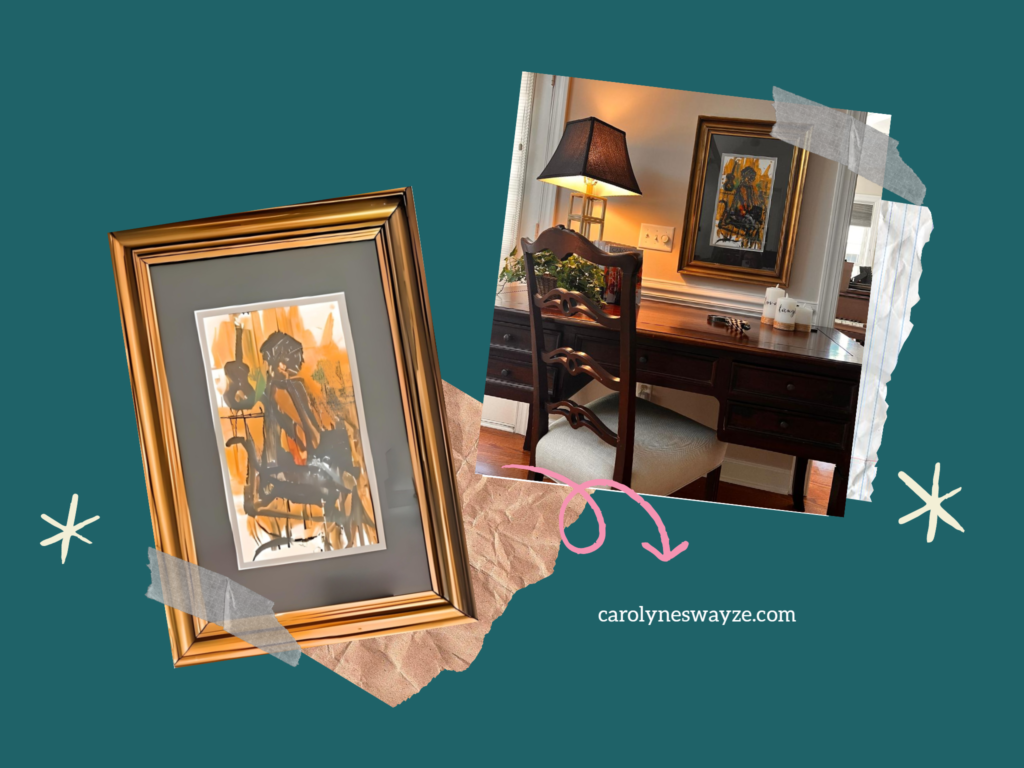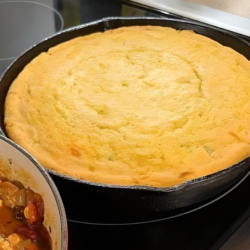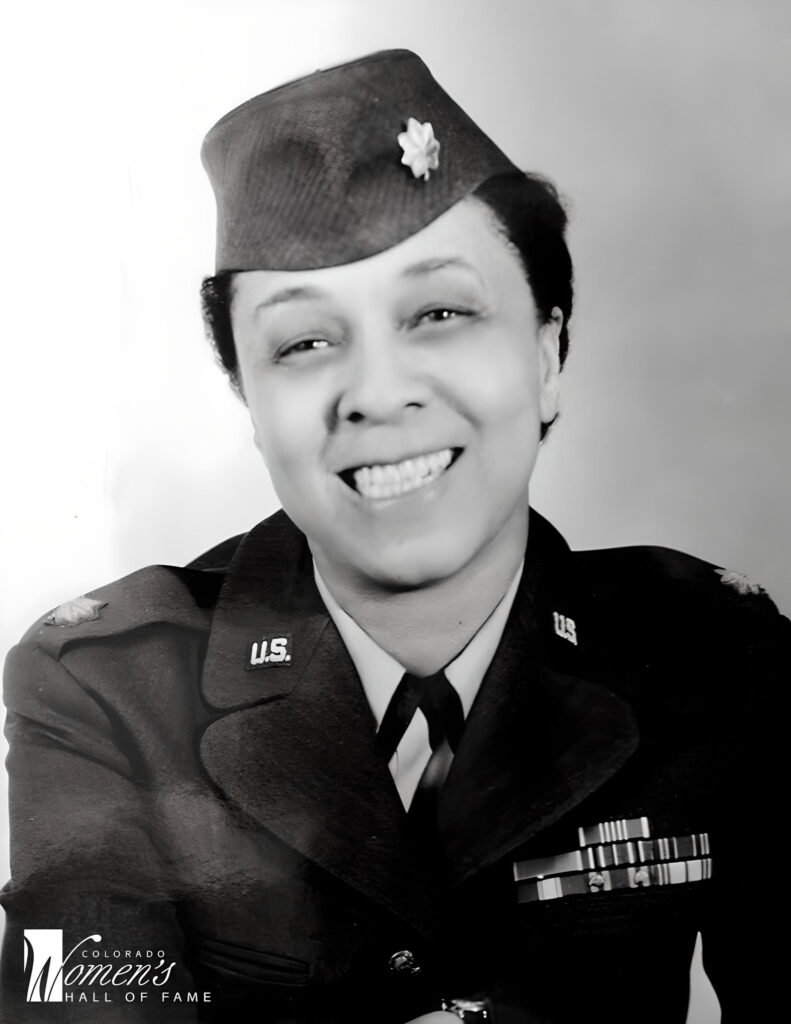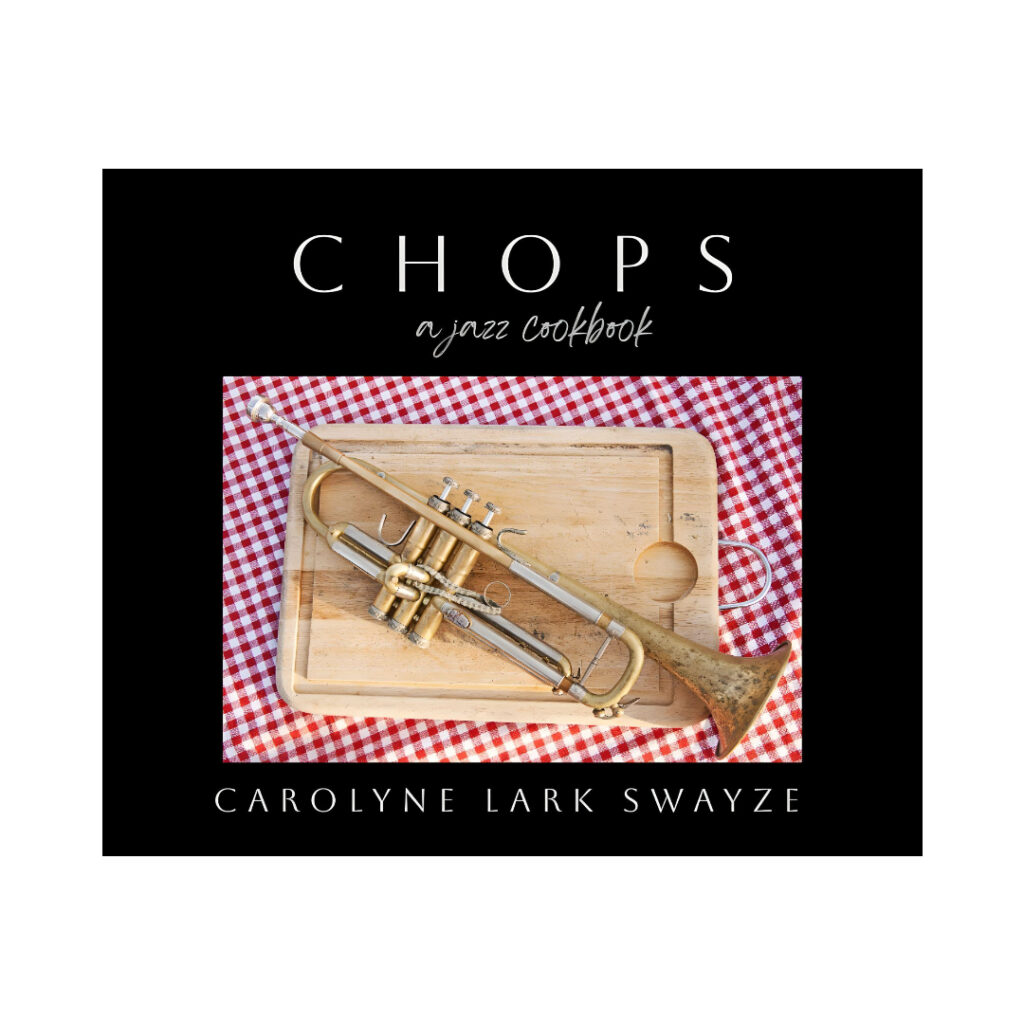We often write about things of minimal interest to many on Facebook. Still, we do it as if by sitting at home and doing very little, we can excel in some superhuman exercise in camaraderie. But now and then, we are privileged to write about something gratifying. And so it was when my dear friend Terrie and I recently took advantage of a beautiful Savannah afternoon to stroll through Forsyth Park—passing a park bench where locals, also taking advantage of the excellent weather, engaged in boisterous conversation.
Our first inclination was to keep walking, but that wasn’t meant to be because a colorful painting caught Terrie’s eye as we began to pass the group. Stopping, I picked up the picture painted on white corrugated cardboard. Looking closely, I could now see what had appeared to be an abstract, was the silhouette of a woman and a guitar. Looking at the park bench, the woman sitting among the men, her guitar next to her, was obviously the model for the painting. We began talking to the artist, Sheldon, who told us how he lived in Savannah’s village of Tiny Houses, which is affordable housing for those who might otherwise be homeless vets. Terrie asked the man how much he wanted for the painting, and without hesitation, Sheldon asked for $75; we settled on $50. Upon Terrie asking him to sign his artwork, the artist picked up a paintbrush and wrote SHELDON in all caps on the bottom.
I was now tasked with the responsibility of having the picture framed. Anyone with a picture professionally framed can attest that framing can cost far more than an excellent bargain found. I first set out to find the right frame. Fortunately, I found a beautiful gold-colored wooden rectangular frame for $35 in a second-hand store called Finder Things in Pooler.
Next was to head over to J and L Glass, who, for $20, meticulously measured and cut glass to fit the frame. Finally, I made a trip to Hobby Lobby in search of matting. My original idea was to paint the frame black and use two pieces of white matting inserted with goldenrod piping. Kelly, a framer at Hobby Lobby, suggested I not paint the frame and use black matting with a corresponding color from the painting; I agreed with her, and we decided on gray. I will say that in hindsight, because of the black matting, I would have selected a non-glare glass.

Still, I was pleased by the finished work, which now has a new home. I also admit that because I like it so much, I feel a pang of guilt for not giving Sheldon his original asking price. I invite any locals reading this post or others visiting Savannah not to miss Forsyth Park. Not only will you experience the magic of one of Savannah’s most well-known icons, but you might also run into Sheldon and his artwork.









